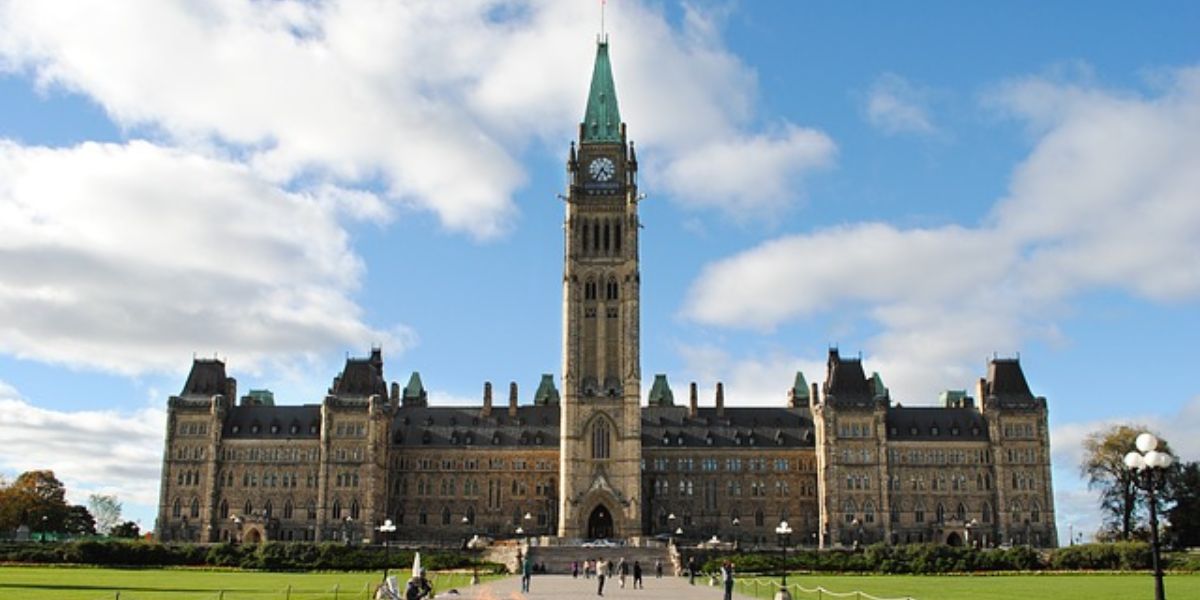The Canada Revenue Agency (CRA) has published an annual report on its APA program since the 2001 to 2002 fiscal year. Since 2016, the annual report has been based on a calendar year, whereas the previous annual reports were based on a fiscal year. Recently, the CRA has released its Advance Pricing Arrangement (APA) Program Report for the 2017 calendar year. The main objectives of the report include enhancing awareness of the CRA’s APA program, notifying readers of changes to the APA program, providing an operational status update, and identifying issues that may affect the APA program in future years. The report is targeted to taxpayers, tax representatives, and international tax administrations. A summary of the key findings presented in this year’s report is provided below:
- On the basis of the number of pre-file meetings held with taxpayers in 2017, the CRA had 24 applicants to the program that year. The year 2017 opened with an active case inventory of 90 APAs. Accepted into the program were 16 new cases, 3 cases were withdrawn, and 36 cases were completed.
- Of all cases in process on December 31, 2017, 88% involve taxpayers seeking an APA on a bilateral or multilateral basis, as opposed to 12% of taxpayers seeking an APA on a unilateral basis. The average time to conclude a bilateral APA from acceptance into the program to completion was 48.5 months.
- Cases involving transfers of tangible property made up more than half of APAs in process (58%). Cases involving intangible property represented 19%, intra-group services represented 19% and financing represented 4%.
- The transactional net margin method (TNMM) continues to be the predominant methodology employed in APAs.
- APAs involving taxpayers with operations in the automobile and other transportation equipment sector represented 25% of in process APAs at the end of the year. APAs pertaining to the metals and minerals sector were the second most prevalent, representing 12% of the cases in process. APAs pertaining to the petroleum, health, and food and beverages industries each represented 9% of cases in process.
- The composition of bilateral and multilateral APAs continued to reflect the significant flow of goods and services exchanged between Canada and the United States. Although lower than the proportion historically observed, APAs involving the United States represented 52% of APAs in process.

















